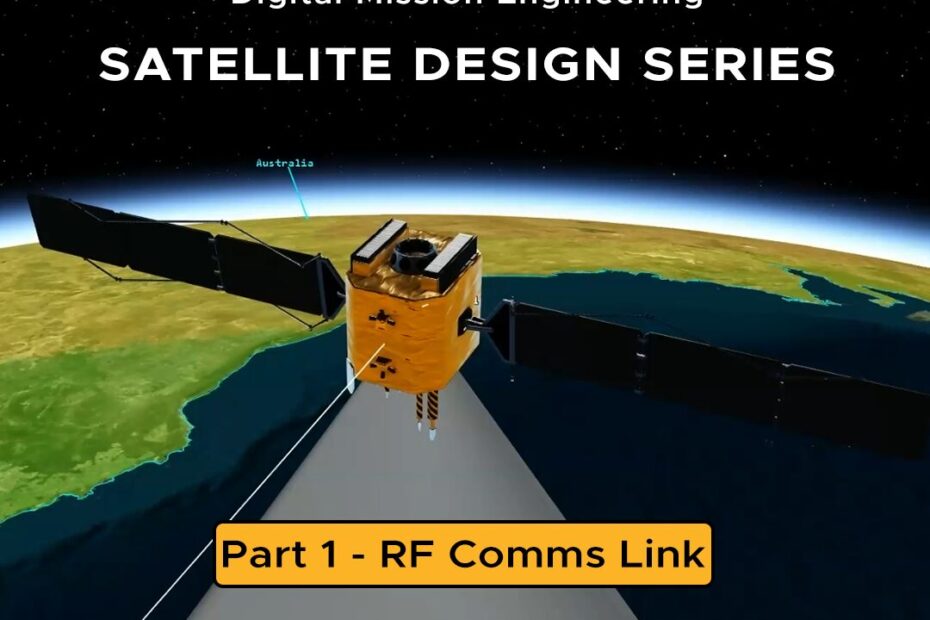Satellite Design with Digital Mission Engineering: Part 2 – Constellation Coverage Analysis
In part one of this satellite design series, we explored the modelling of a physics accurate RF Comms link between ground facility and LEO satellite. However, rarely do modern LEO satellites work in isolation. Instead, they work as part of a larger constellation, continuously exchanging data to fulfil their intended mission. Part two of this series explores the design of a larger LEO constellation and how Ansys STK allows for the qualitative and quantitative analysis of user-specified regions of interest to discern how effective a given constellation will be.



